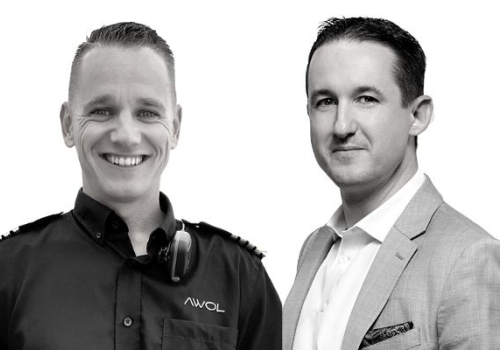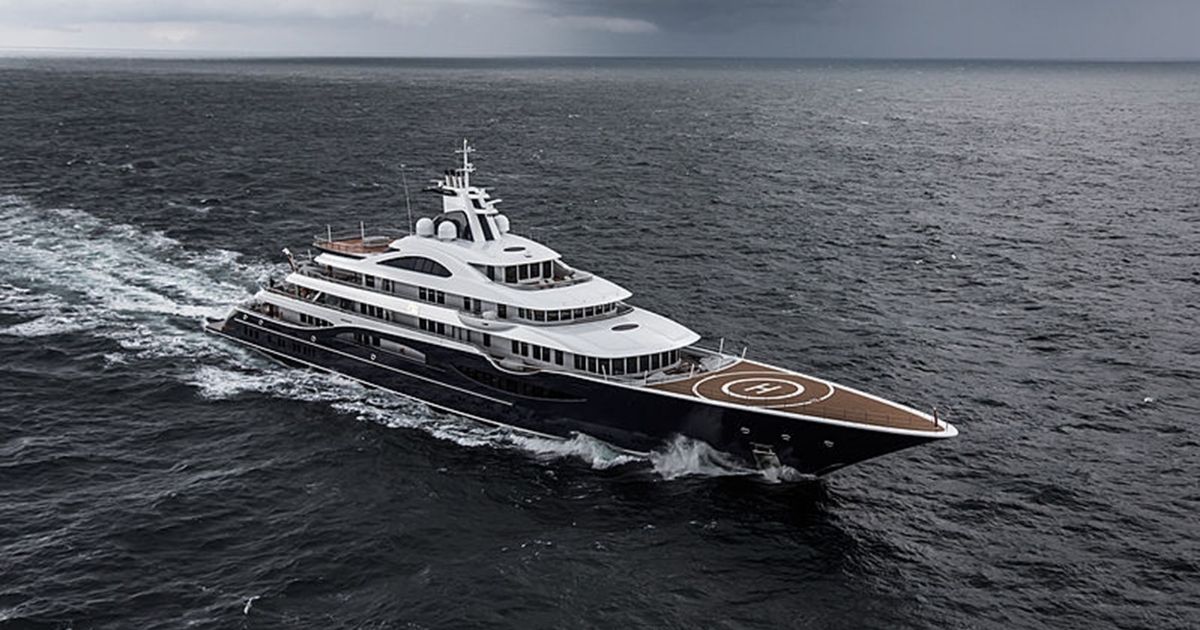Business Lessons from Trans-Ocean Crossings

Trans-ocean crossings are serious business. They can be carefully prepared and a great experience, but they can also be an encounter that hits you broadside with no prior warning, leaving you scrambling for what to do next. IHS Markit estimates that 400,000 seafarers work on merchant cargo ships, 300,000 on passenger and cruise ships, and approximately 200,000 crew work on other types of vessels. In 2019, 112 people were killed at sea, and a further 116 were missing. Shipping must always do more to protect these essential workers.
A key aspect of such a voyage is a deliberate and purposeful plan to ensure the vessel and crew are ready and prepared for such an endeavour. As Arlin Sailesh Kapadia said: “Crossing the ocean is secondary; planning how to pass the tides is the goal.”
Charting your course
Like in business, when assessing your vessel's capabilities for a big and dangerous sea trip, one of the first steps is evaluating whether the boat is capable and designed for the purpose. Various types (~27) of certificates exist in the industry to help ensure the vessel is ready, from flag state and class certificates to LSA (Life Saving Appliances) and FFE (Fire Fighting equipment) certificates. Furthermore, you also need to assess your people's capabilities, which at sea involves safe manning, set out by the vessel’s flag state - what crew do you have and are they qualified and experienced to do the job?
Next, you need to evaluate the time of year to perform the crossing. The weather risk can be lowered by using routing charts and setting up protocols to communicate with ocean routing companies to provide real-time information. It’s worth the investment, given a typical year has 12 named storms, six hurricanes, and three major hurricanes.
Being disaster-proof is critical, and like business leaders with employees, the captain is trying to mitigate risks to the crew and the vessel through preventative control measures so that everyone gets home to loved ones safely. Some of these controls or organisational shock absorbers, as we like to call them in business, include making sure the team is well rested in advance of a complicated trip and issued with the required medical certificate. Systems checks are also performed ahead of time, including sounding all tanks – water, fuel, clean oil, ballasts, amongst others. Fresh drinking water tanks must be lab-tested to ensure the water has no nasty bacteria, and bridge electronics, charts and publications are checked for operational status. Also, appropriate spare parts for planned maintenance and unforeseen equipment failure are listed and stored on board.

From a scenario planning perspective, the passage plan is not just from point A to B but includes various safe havens along the way and, although ideally you want to follow the standard shipping route, thinking through these different scenarios gives you options to be rescued by other boats if something goes horribly wrong, or provides access to a port or anchorage that can handle your vessel while the storm passes.
Another aspect of cross-ocean trips that equates to business is the performing of drills. Ahead of time, the crew acts out how they react and adapt to different situations, doing familiarisation training and exercises such as fire drills and abandon ship. This is like a management team thinking through multiple scenarios and stress-testing their strategies.
Finally, it’s also important to note that all commercial vessels have contingency plan manuals created for each specific ship set out by the ISM Code (International Safety Management Code). This manual includes critical failures and what to do - almost like documented scenarios as part of a strategic plan. While a checklist cannot sail a boat, they do provide reminders of the most critical and essential steps to take with, say, a total propulsion failure, collision at sea, or a man overboard.
Navigating uncharted waters
Once all the careful and meticulous plans are complete, there is a natural feeling of excitement and a sense of immense responsibility about the trip ahead. It's a bit like a CEO pushing a company forward to a new market, advancing into the unknown. You quickly get into the zone and focus, relying on all the preparation and years of training and seagoing experience.
You're constantly trying to reassure yourself by going through the checklists, communicating with your team and foreseeing possible futures. It's essential to be ready because things can go wrong quickly. For example, in February 2008, Tristan was sleeping on a vessel with an electrical fault causing the boat to catch fire. In under two minutes, the crew had to abandon the ship before it burned to the water line and finally sank.
Like launching a new business venture, once at sea the captain and crew constantly monitor the external signposts along the voyage through 24/7 rotations – ship's position, heading, speed, radar information and status. They are sense-making, observing for changing weather including barometric pressure, vessel traffic, floating hazards and even pirates when crossing the horn of Africa. Communication is essential, with constant contact with the routing company who monitor for any weather fronts.
As well as these external uncertainties, just like in business, it’s also important to manage internal complexity, including crew morale (through structure on board keeping people busy), crew health (seasickness), and vessel performance, including main engineering equipment electrical hazards and water leakage.
In summary, life at sea is a delicate balance of internal and external risk management. Whether you’re a yacht captain or business leader, success is not just about water-tight execution but also how you bring a team together through the advanced planning stages, and how flexible and adaptable you navigate changing business or ocean context.
Business leaders and yacht captains know what it takes to perform at the highest level in an ever changing environment. By expecting the unexpected, seeking out different future options and staying focused on the real-time signals in your environment, you too can survive and potentially thrive in a sea of uncertainty.
Tristan Mortlock is a MCA Master 3000 (Y), currently serving as Captain onboard Motor Yacht AWOL (A Way Of Life). He is also a content creator for the YouTube channel *Super Yacht Captain*. Based in the Mediterranean, Tristan has worked in the yachting industry for over 18 years and now runs one of the most successful charter yachts in the business.
Lance Mortlock is a Senior Strategy Partner with global professional services company Ernst & Young, based in Canada, with over 20 years helping business leaders solve their most complex strategic problems. Lance is the author of Disaster Proof: Scenario Planning for Post Pandemic Future, which explores ways scenario planning can help all kinds of organizations be more resilient, building shock absorbers at a time of great uncertainty and drastic change.

Post your comment
You cannot post comments until you have logged in.
Login to post a commentComments
No one has commented on this page yet.
RSS feed for comments on this page | RSS feed for all comments